Every nation in the world has developed some form of education system, teaching children relevant skills and academic knowledge alongside cultural and social norms.
However, these learning environments – and the ways in which they are organised and operated – vary dramatically in a number of key ways. For example:
- the amount and type of money and resources that support education systems
- education policy, including how education is both organised and administered
- distribution of, and access to, education
- concepts of pedagogy
- the value placed on education, and the time allocated to teaching and learning
- educational goals and milestones.
Naturally, much of this is deeply rooted in the wealth disparities between different countries. While countries with a higher gross domestic product (GDP) can funnel more money into education, lower-income countries who struggle to provide basic amenities often lack robust education systems and may provide no formal schooling.
The result? Widespread, global educational inequality. The United Nations’ 2030 Agenda for Sustainable Development includes Sustainable Development Goal 4, which aims to ‘ensure inclusive and equitable quality education and promote lifelong learning opportunities for all’. While there does exist a gulf of difference between what countries provide in terms of education, this offers a wealth of experiences, learnings and international perspectives for those in teacher education.
What is international education?
The International Baccalaureate (IB) defines international education as ‘a comprehensive approach to education that intentionally prepares students to be active and engaged participants in an interconnected world.’
International education appears to be a growing trend. According to ISC Research, as of January 2023, they were:
- 13,912 international schools – an increase of 51% over a 10-year period
- 6.51 million students enrolled in international students – an increase of 53% over a 10-year period
- 626,767 staff working in international schools – an increase of 59% over a 10-year period
- $56.2 billion paid in international school fees – an increase of 66% over a 10-year period.
Education – when viewed through an international lens – takes into account the global perspective, encompassing diverse cultures, ethnic groups, religions, languages, experiences, and pedagogical approaches. As well as broadening the academic experience, for educators and learners alike, it aims to establish a multicultural learning environment.
What are the benefits of teaching in an international context?
Our increasingly interconnected world means borders and boundaries are blurring, spelling positive developments for our education systems. Higher education institutions are welcoming higher volumes of international students, individuals are enrolling as English language teachers in other countries, teachers and academics are engaging with partner schools, colleges and universities worldwide – across teaching, knowledge sharing and research project lines – and the microcosm of a primary-school classroom often now comprises children from a wealth of backgrounds, faiths, ethnicities, cultures and beliefs.
This brings with it a multitude of benefits that enrich the learning experience. Here are a handful of examples:
- Increased global awareness. If they are to adapt to, and thrive in, our multicultural, global society, students need to develop global awareness. Learning about different cultures and perspectives not only serves to increase awareness, but helps students to understand and appreciate both their own diverse backgrounds and those of others. Young people must be taught to engage across cultural, political, social, economic, technological and geographical boundaries. Building their global knowledge and, in turn, helping them to build global relationships, is essential.
- Development of reflective practitioners. Reflective practice is a core tenet of professional development and educational excellence. Educators who want to continuously improve their pedagogical understanding and delivery can make use of action research insights, coaching opportunities, exchange programmes, technological advances, training sessions, global experiences, and online forums to evaluate their own approaches and discover how education succeeds in different contexts and demographics.
- Diverse teaching methods and educational practices. Nowadays, we readily understand that learners, of all ages, receive learning in all manner of different ways. Awareness and inclusion of innovative, engaging and divergent teaching strategies can extend learning experiences. While, in the UK, teachers in mainstream schools must follow the national curriculum, new teaching activities and exposure to a variety of methods can produce a more-engaging, well-rounded syllabus and, potentially, better student outcomes. Plus, it can allow educators to cherry-pick the best parts of different education systems.
How do different countries tackle education?
Comparative education is a social sciences research framework that explores similarities and differences between teaching practices, educational policies, attainment levels – and all manner of education-related aspects – between systems in different countries.
While there are numerous educational research case studies and contexts to choose from, let’s take a broad cross-section from World Population Review’s Education Rankings by Country 2023. For context, the UK is ranked 2nd out of 28 countries:
In New Zealand (ranked 11th out of 78), most children start school at age five or six – later than in the UK. On average, class sizes are smaller, with a lower student-teacher ratio, meaning that children receive more individual attention and support and can develop better relationships with their teachers. Greater emphasis is placed on exploring the country’s natural beauty and the great outdoors, through educational trips and experiential excursions; this encourages a focus on sustainability, local culture and community.
South Africa (ranked 33rd out of 78) has an education system which is, according to Amnesty International, ‘characterised by crumbling infrastructure, overcrowded classrooms, relatively poor educational outcomes, and perpetuating inequality’. Political, social and economic consequences of apartheid are still playing out in the quality of, and access to, education for many South African students. For example, more than three quarters of children aged nine cannot read for meaning. Issues related to government and policymakers are integral to poor educational outcomes.
While Jordan (ranked 58th out of 78), is succeeding in some of its educational goals – such as access to primary education, where 97% of children are in school – progress has not impacted children equally. Children from low socio-economic backgrounds, those with disabilities and those involved in child labour are a greater risk of dropping out of the education system. Early learning and development opportunities generally occur within the home environment, with low numbers of children attending nursery-level settings.
Advance your understanding of education through international contexts
Want to take your educational studies – and practice – to the next level?
If you’re keen to improve the lives of learners through your educational practice, choose North Wales Management School’s online MA Education programme.
You’ll discover how to reinforce your practical educational experience with the relevant tools, techniques and theory needed to excel. Develop as a reflective practitioner, on a flexible course designed to help you progress into senior leadership roles in the education sector. Your studies will encompass: inclusive practice; planning, assessment and feedback; critical pedagogy; mentoring and coaching; learning technology; learning processes, theories and philosophies, and much more.




